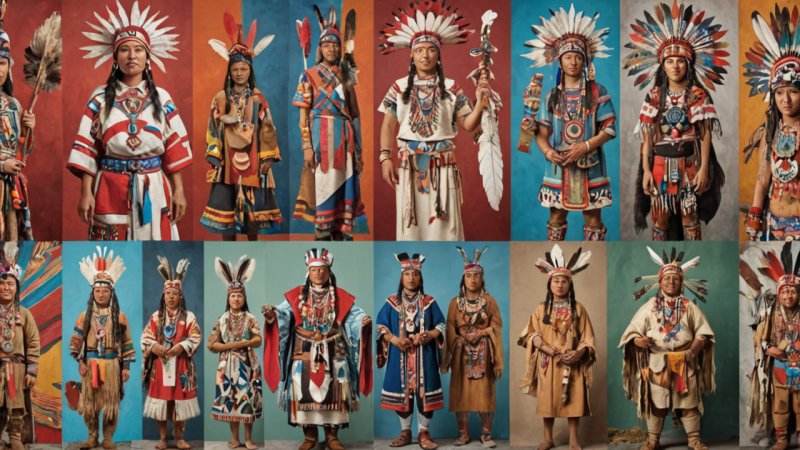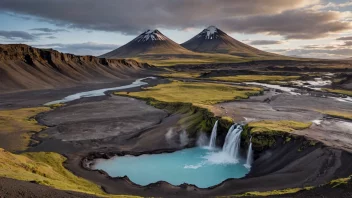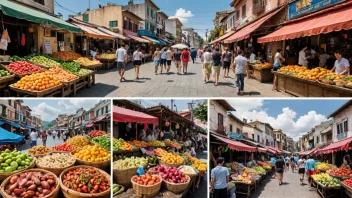Canada is home to a diverse array of Indigenous cultures, each with its own unique traditions, languages, and perspectives on life. This article delves into the cultural richness of two prominent Indigenous groups: the First Nations and the Inuit. By comparing their traditions, social structures, and artistic expressions, we can gain a deeper understanding of their distinct yet interconnected contributions to Canada's cultural landscape.
Historical Context
The First Nations and Inuit peoples have inhabited Canada for thousands of years, with histories that are deeply intertwined with the land. The First Nations, comprising over 600 different groups, have a diverse range of languages and cultures, each reflective of their specific geographic regions. In contrast, the Inuit primarily inhabit the Arctic regions of Canada and have a unique cultural identity shaped by their environment and lifestyle.
First Nations
First Nations cultures are incredibly varied. From the Haudenosaunee in the east to the Coast Salish in the west, each group has developed its own customs, governance systems, and social practices.
Inuit
The Inuit, on the other hand, share a common ancestry and cultural traits that are influenced by the harsh Arctic climate. Their traditional way of life is heavily based on hunting and fishing, and their social structures often emphasize communal living and cooperation.
Language and Communication
Language plays a crucial role in preserving Indigenous cultures. Both First Nations and Inuit peoples have rich linguistic traditions, but they differ significantly in the number of languages spoken and their linguistic families.
First Nations Languages
First Nations languages belong to various linguistic families, including Algonquian, Iroquoian, and Salishan, among others. Many First Nations communities are actively working to revitalize their languages through immersion programs and educational initiatives.
Inuit Languages
The Inuit primarily speak Inuktitut, which has several dialects across different regions. Language preservation among Inuit communities is also a priority, with educational programs aimed at teaching younger generations their native tongue.
Art and Cultural Expression
Artistic expression is a vital aspect of both First Nations and Inuit cultures, serving as a means of storytelling, cultural preservation, and identity.
First Nations Art
First Nations art is known for its intricate pottery, beadwork, and totem poles, each reflecting the spiritual beliefs and histories of the respective nations. Artisans often draw inspiration from nature and their cultural heritage.
Inuit Art
Inuit art, particularly sculpture and printmaking, is renowned for its depiction of Arctic life and animals. The use of materials such as soapstone and ivory showcases the Inuit's resourcefulness and deep connection to their environment.
Social Structure and Governance
The social structures of First Nations and Inuit peoples also exhibit notable differences, particularly in their governance models.
First Nations Governance
First Nations governance often involves complex systems of leadership, including chiefs and councils that represent their communities. Many First Nations operate under the Indian Act, while others have opted for self-government agreements that allow for greater autonomy.
Inuit Governance
The Inuit traditionally have a more egalitarian social structure, with decisions often made collectively. Modern Inuit governance includes regional organizations like the Inuit Tapiriit Kanatami, which advocates for Inuit rights and interests on a national level.
Challenges and Resilience
Both First Nations and Inuit communities face unique challenges that stem from historical injustices, including colonization and systemic discrimination. However, they also demonstrate remarkable resilience and adaptability in the face of these issues.
Challenges for First Nations
Many First Nations communities struggle with socioeconomic issues, including poverty and lack of access to basic services. Efforts to reclaim land and rights are ongoing, as is the movement towards cultural revitalization.
Challenges for Inuit
Inuit communities are grappling with the impacts of climate change, which significantly affects their traditional way of life. Additionally, mental health and substance abuse issues are prevalent, a reflection of the broader impacts of colonization.
Conclusion
In comparing the cultural richness of the First Nations and Inuit peoples, it becomes evident that both groups contribute uniquely to Canada's diverse cultural fabric. While their histories, languages, and artistic expressions differ, they share a common thread of resilience and a deep connection to the land. Understanding these differences is crucial for appreciating the rich tapestry of Indigenous cultures in Canada. For travelers seeking to explore these cultures, engaging with Indigenous communities, participating in cultural events, and supporting Indigenous-led initiatives can offer authentic and enriching experiences while fostering respect and understanding.






